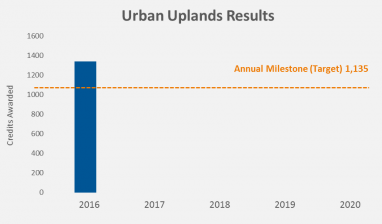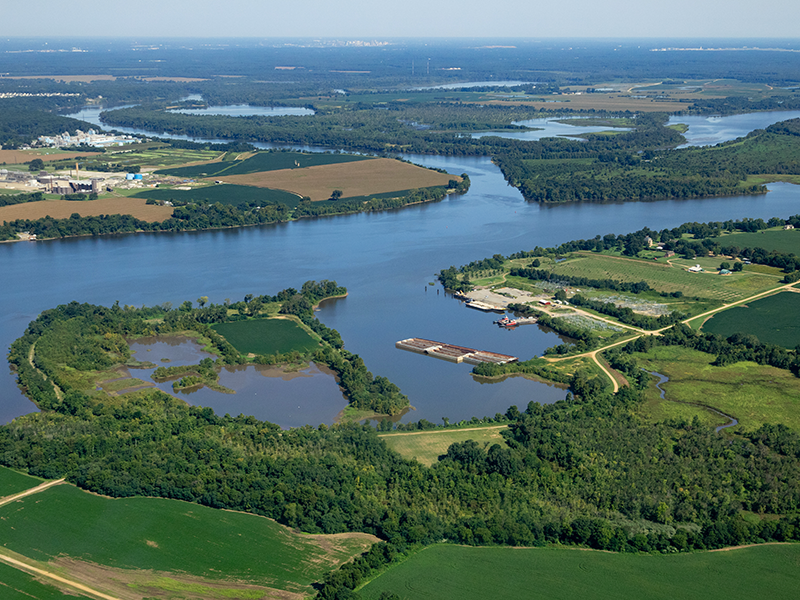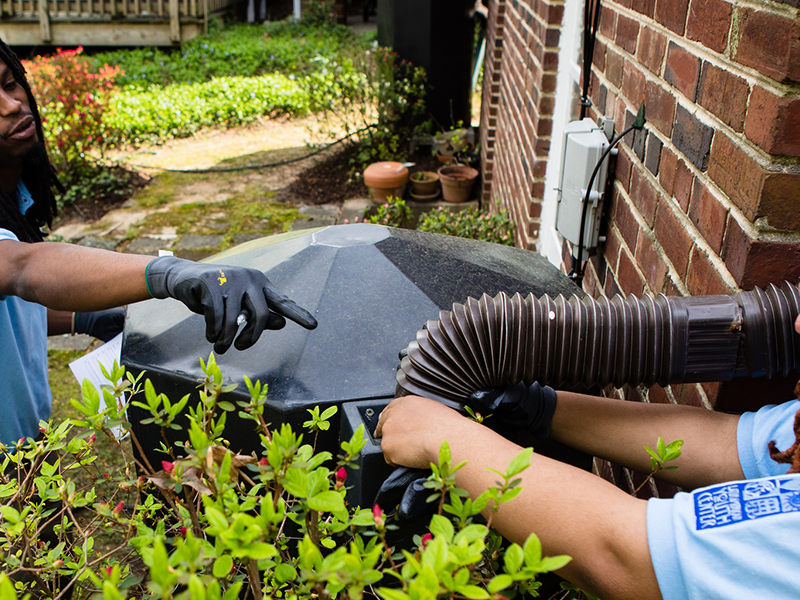Local governments and highway departments are exceeding their targets for reducing polluted runoff to Lake Tahoe. The Lake Tahoe TMDL Program 2017 Performance Report finds that collective actions have reduced fine sediment loads from entering the lake by 12 percent since 2004, exceeding the first five-year reduction target of 10 percent.
These results can be attributed in large part to the collaborative partnerships among the local government agencies in the Tahoe Basin. Straddling the California and Nevada state lines with several cities, counties, and transportation departments; these urban implementers have been able to join together towards a common goal. Reduction efforts are driven by the Lake Clarity Crediting Program (LCCP) developed by Environmental Incentives in partnership with the Water Board in California and Nevada Division of Environmental Protection. This performance-driven approach provides a consistent framework to connect on-the-ground activities like street sweeping and erosion control to quantifiable pollutant reductions in the form of credits. Credit targets for each participating organization can be met directly through installed projects, or by acquiring credits from another urban implementer.

Figure 1: Urban implementers collectively exceeded the 2016 credit target by 18%.
2016 marks the first year of crediting in the LCCP. The TMDL Online Interface, built on Environmental Incentives’ Performance Platform tracking system, captures the credit data and provides a resource for the public to access the pollutant reduction results. In 2016, urban implementers surpassed their goals of 1,134 credits to achieve 1,340 credits (Figure on the right). Further, 61 credits were distributed from the City of South Lake Tahoe to CalTrans, marking the first program “trade”.
Continued progress is underway as urban implementers have already applied for credit registrations for 2017. An even greater sign of support comes from the municipal permittees’ willing acceptance of their next permit, which includes commitments to a trackable 21% load reduction.
These exciting results signal progress toward meeting ambitious goals to restore Lake Tahoe’s historic clarity – allowing almost 100 feet of visibility into the blue waters.
Access the full report here.
Written by Evan Branosky



